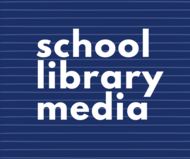There is No Cure for Polio
(View Complete Item Description)This collection uses primary sources to explore the polio epidemic and vaccine. Digital Public Library of America Primary Source Sets are designed to help students develop their critical thinking skills and draw diverse material from libraries, archives, and museums across the United States. Each set includes an overview, ten to fifteen primary sources, links to related resources, and a teaching guide. These sets were created and reviewed by the teachers on the DPLA's Education Advisory Committee.
Material Type: Primary Source

















